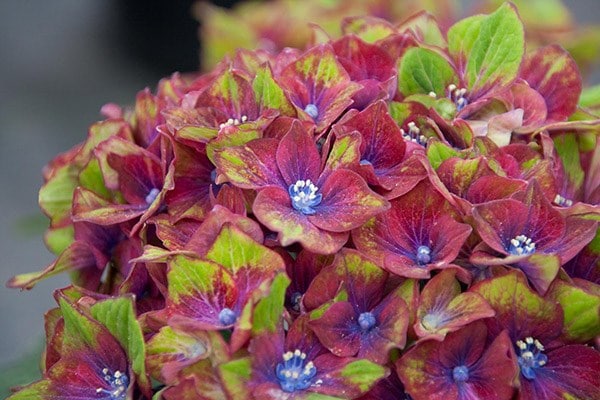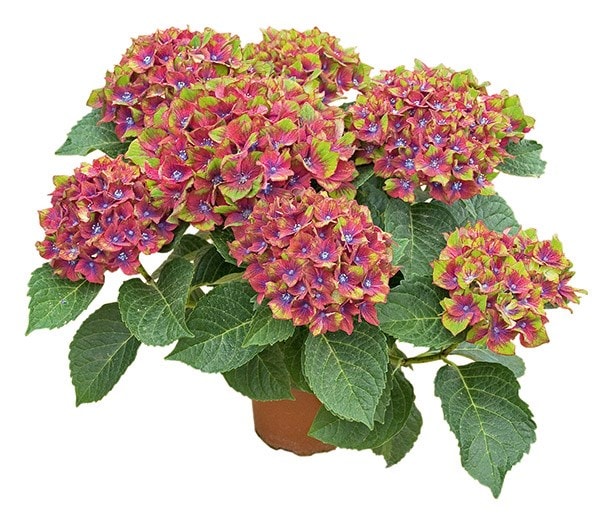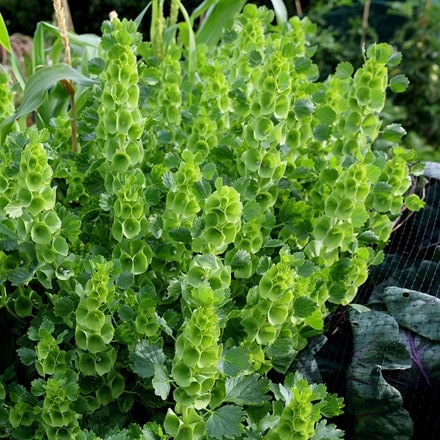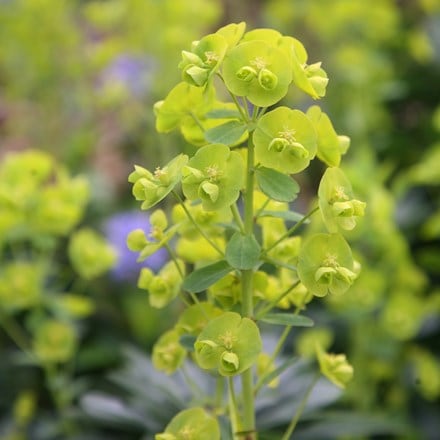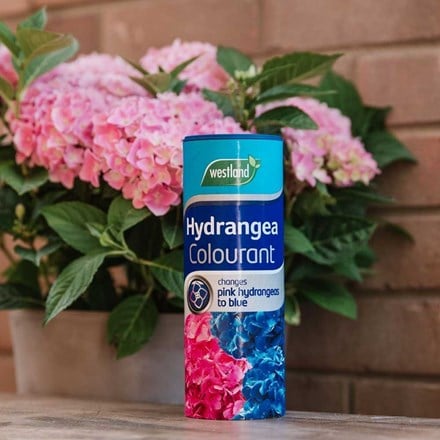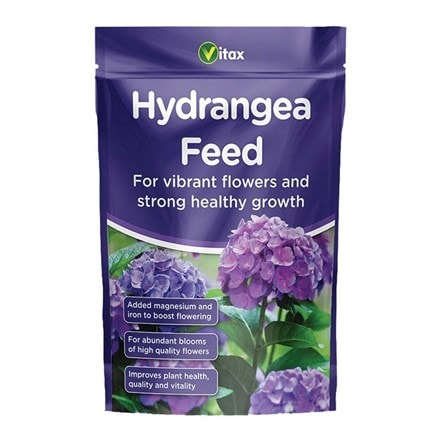Hydrangea macrophylla Glam Rock ('Horwack') (PBR)
hydrangea
- 2 litre pot
- £19.99
- In stock (shipped within 2-3 working days)
- 3 × 2 litre pots
- £42.99 £14.33 each
- In stock (shipped within 2-3 working days)
Delivery options
- Standard £5.99
- Position: full sun or partial shade
- Soil: moist, well-drained, moderately fertile, humus-rich soil
- Rate of growth: fast
- Flowering period: July to October
- Hardiness: fully hardy
One of the most colourful of the new breed, this hortensia hydrangea produces impressive clusters of flowers, each of which consist of three colours. Like many hydrangeas, the flower colour will vary depending on the soil type, but primarily they are a hot pinkish red with a bluish purple eye (when grown in acidic soils) and splashes of lime green at the petal tips. If you want a showy and long-flowering shrub, then you're not going to be disappointed with Glam Rock.
Hydrangea thrives in moist, well-drained soil enriched with organic matter, making it important to improve the soil before planting by adding well-rotted compost or manure.
Choose a spot with partial shade, as full sun can scorch the leaves, especially in warmer climates, while deep shade may reduce flowering.
Regular watering is essential, particularly during dry spells, as these plants dislike drying out. To keep the soil cool and retain moisture, apply a layer of mulch around the base in spring, being careful not to let it touch the stems.
Pruning should be done with care. In early spring, remove any dead or damaged wood, but leave the old flowerheads on over winter to protect the buds below from frost.
For mophead and lacecap species, only prune back to the first pair of strong buds beneath the old flowers, as these types bloom on old wood. If necessary, remove one or two older stems down to the base to encourage new growth, but avoid cutting back the entire plant.
Fertilise in spring with a balanced feed, and for cultivars with colour-dependent blooms, test the soil pH. Adding hydrangea colourant (iron and aluminium salts) can enhance blue flowers in acidic soil, while lime can encourage pinker tones in alkaline conditions. It is best to choose according to the predominant soil conditions for best results on colour.
Choose a spot with partial shade, as full sun can scorch the leaves, especially in warmer climates, while deep shade may reduce flowering.
Regular watering is essential, particularly during dry spells, as these plants dislike drying out. To keep the soil cool and retain moisture, apply a layer of mulch around the base in spring, being careful not to let it touch the stems.
Pruning should be done with care. In early spring, remove any dead or damaged wood, but leave the old flowerheads on over winter to protect the buds below from frost.
For mophead and lacecap species, only prune back to the first pair of strong buds beneath the old flowers, as these types bloom on old wood. If necessary, remove one or two older stems down to the base to encourage new growth, but avoid cutting back the entire plant.
Fertilise in spring with a balanced feed, and for cultivars with colour-dependent blooms, test the soil pH. Adding hydrangea colourant (iron and aluminium salts) can enhance blue flowers in acidic soil, while lime can encourage pinker tones in alkaline conditions. It is best to choose according to the predominant soil conditions for best results on colour.
- Humans: Skin allergen; Pets: Harmful if eaten


